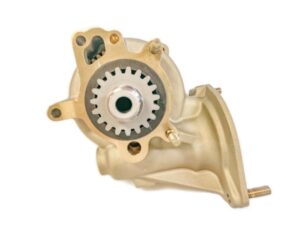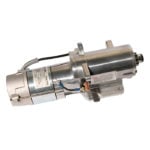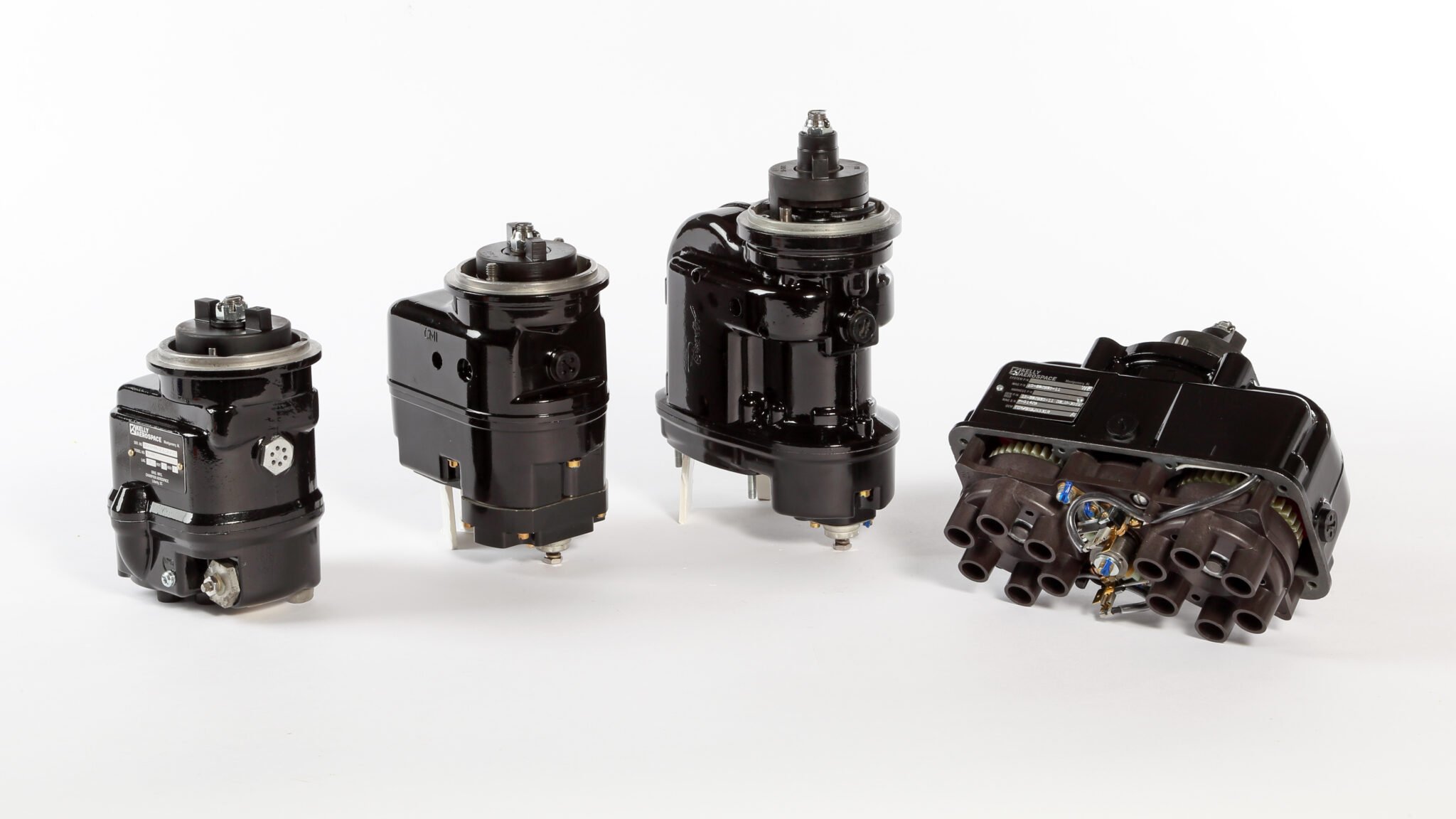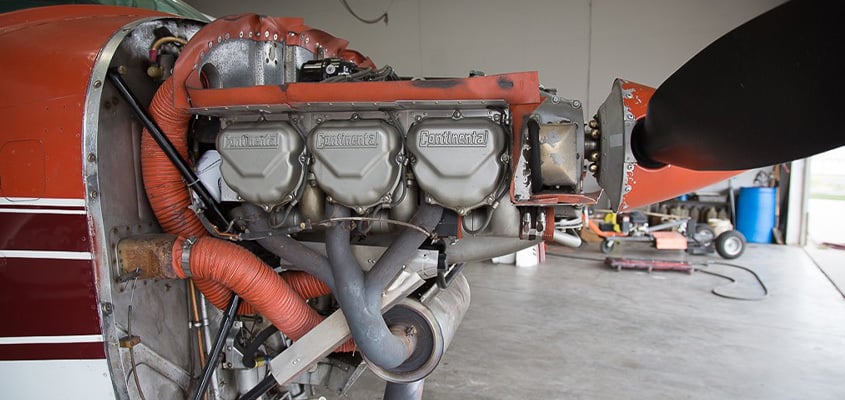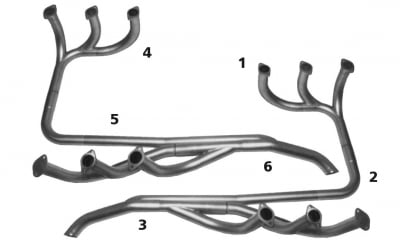How Does Your Airplane Start?
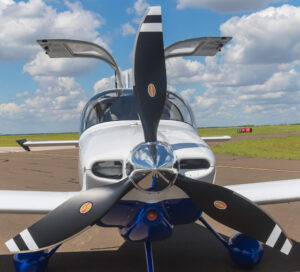
The process of starting an aircraft engine isn’t exactly the same as starting your car in the morning. The average aircraft engine needs a boost to get going, and luckily, a device called a starter provides exactly that. There are many mechanical components that make up an aircraft starter, and each plays an important role in the process of starting an engine. We’ll explain everything you need to know about the device, what it does and how it works.
The parts of an aircraft starter
The following are some of the most important parts of an aircraft starter, which help it run properly to complete its job:
Battery — powers the starter
Flywheel — a heavy metal disc on the flange of the engine crankshaft
Magnetos — self-contained, high-voltage generators used in modern general aviation starters
Spark plugs — used to ignite fuel and air mixture inside the cylinders
Starter adapter — a “clutch-like” device used as part of the starter system on many aircraft engines, which connects the starter motor and engine
How it works
A piston engine aircraft starter typically uses an electric motor to spin the engine’s crankshaft until it gains enough speed to start firing on its own. Here’s a step-by-step overview of how it works:
-
The starter motor is activated: When the pilot turns the key to start the engine, a solenoid (an electrically controlled switch) sends power from the battery to the starter motor.
-
The starter motor turns the flywheel: The starter motor is connected to the engine’s flywheel via a small gear called the pinion gear. As the starter motor spins, the pinion gear engages with the teeth on the flywheel, causing it to rotate.
-
The crankshaft begins to turn: As the flywheel turns, it begins to rotate the engine’s crankshaft, which in turn starts moving the engine’s pistons up and down.
-
Fuel and ignition are introduced: As the pistons move up and down, they draw in air and fuel, which is ignited by the spark plugs to create combustion.
-
The engine runs on its own: As combustion continues to occur, the engine gains enough momentum to keep turning on its own, and the starter motor disengages from the flywheel.
More about magnet starters
Modern aircraft starters use permanent magnets that are lighter-weight and more powerful than the direct-current electric motors of traditional starters. These permanent magnets are used in place of heavy field windings to generate a current. Typically, aircraft starters will have a left and right magneto — that is, a self-contained, high-voltage generator — which spin inside a coil to create a magnetic force and ultimately, ignite the spark plug.
What is the role of the aircraft starter adapter?
The starter adapter is a component of the aircraft’s starter system that connects the starter motor to the engine’s crankshaft. Its main role is to transfer the torque and rotational force from the starter motor to the engine’s crankshaft to enable the engine to start.
The starter adapter typically consists of a drive gear, an adapter plate, and a mounting flange. The drive gear is connected to the starter motor’s pinion gear and engages with the teeth on the engine’s flywheel. The adapter plate connects the drive gear to the mounting flange, which is bolted to the engine’s accessory case.
When the starter motor is activated, the drive gear on the starter adapter engages with the flywheel teeth, causing the engine’s crankshaft to turn. As the engine gains momentum, it begins to run on its own and the starter adapter disengages from the flywheel teeth, allowing the engine to continue running independently.
The starter adapter is a critical component in the starting process, as it enables the engine to begin rotating and generating the power needed to initiate combustion. Without a properly functioning starter adapter, the engine may not be able to start, and the aircraft may be grounded until the issue is resolved.
The problem of overheating aircraft starters
It’s not always easy to get an aircraft engine started, and this can be the source of much frustration. However, in the process, it’s important to keep in mind the risk of your starter overheating.
Tip: if your first attempt at starting the engine fails, you may want to consult your Pilot Operating Handbook (POH) to determine how long to wait between attempts. This allows your starter to cool before trying again.
Shop our Aircraft Starters
Shop our Aircraft Starter Adapters
